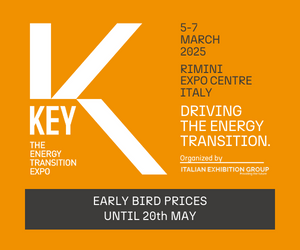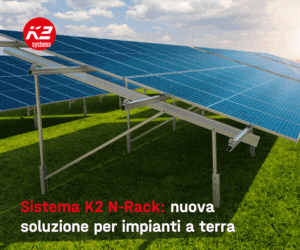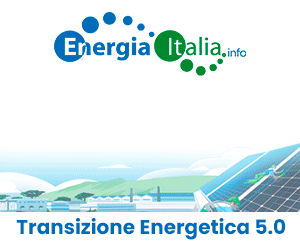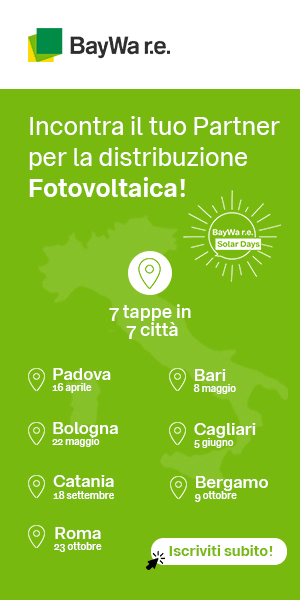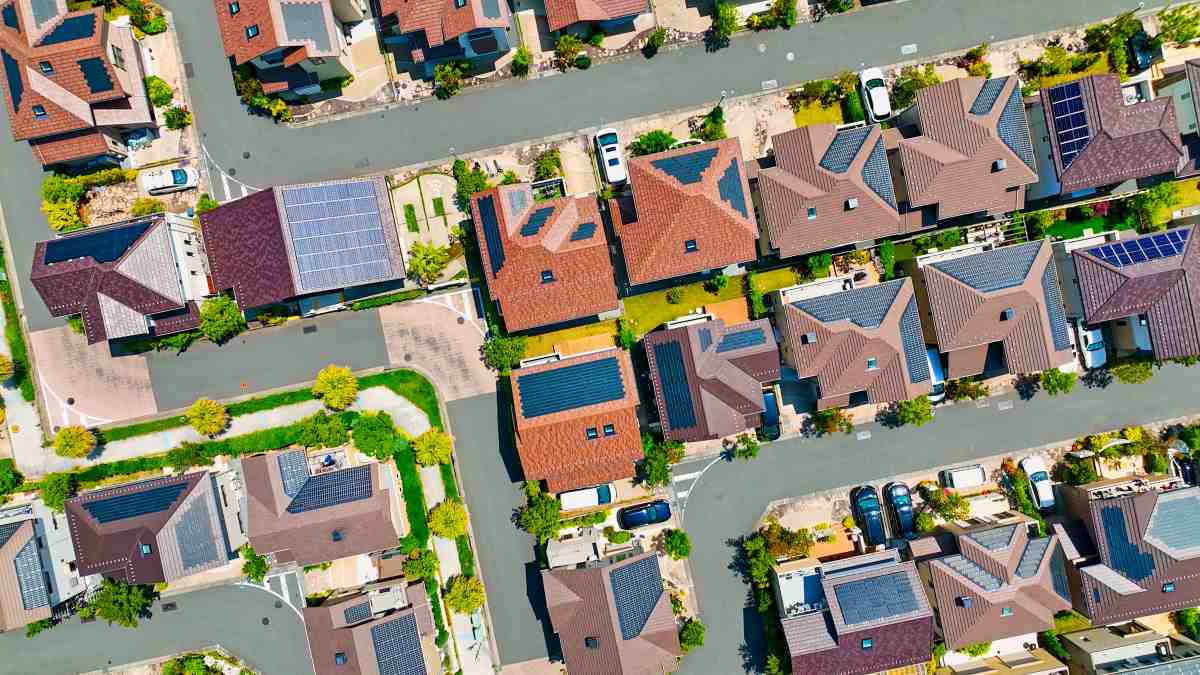GSE 2016 inspections: what they are, who can be controlled and what to have on hand in order to avoid unpleasant communications from the incentives authority. Let’s start with regulatory framework in Italy.
Regulatory Framework
The Ministerial Decree January 31, 2014, also known as “Inspections Decree”, implementing the art. 42 of Legislative Decree no. N°28 of 03/03/2011, provides the general regulation of inspections and penalties on renewable energy incentives sector. The decree defines the inspections organizational and operational procedures, the activities to be performed by the various parties involved, the plant features that will be checked and the list of significant violations as a result of which the GSE may order the suspension or the revocation of the incentives with the full recovery of sums already paid.
The decree concerns all plants, any power of any type that have received incentives from the GSE.
Analyzing the decree in detail, we identify the main causes of the incentives forfeiture:
- presentation to the GSE of uncorrected data or false documents, mendacious or falsified, in relation to the application for the incentives, or failure to submit essential documents for the verification of the compliance with the incentives framework
- violation of the deadline for the submission of incentive application and, if it is decisive for the incentives achievement, the violation of the proper deadline for the plant completion
- unavailability of the documentation to be kept on site, in the case where this fault is already detected in the previous inspection
- alteration of the energy meters related to the incentives calculation
- alteration of the plant configuration, not communicated to the GSE, aimed to increase the subsidized energy
- refurbishing and upgrading intervention not compliant with the in force standards or not compliant with the information with the incentives application procedure
- ineffectiveness of the authorization for the plant construction and operation
- absence of the requirements for the plant qualification, the incentives achievement or for the authorization
- use of counterfeit or stolen plant parts
About photovoltaic plants the details concerning the specific criteria and documentation has to be detected in the regulations and in the related technical rules in force through the years:
- DD.MM. 28/07/2005 and 06/02/2006 (First “Conto Energia”)
- D.M. 19/02/2007 and Law 129/10 (Second “Conto Energia” and “Salva Alcoa”)
- D.M. 06/08/2010 (Third “Conto Energia”)
- D.M. 05/05/2011 (Fourth “Conto Energia”)
- D.M. 05/07/2012 (Fifth “Conto Energia”)
Depending on the type and the seriousness of the detected violations, the following rules for recovery of paid and/or to be paid amounts could be arranged:
- forfeiture from incentives
- reconfiguring of the incentive rate
- redefining of the subsidized power
- incentives loss for a specific period
Frequency and number of inspections
In order to ensure the regularity of practical incentive and recover public money wrongly received, GSE has identified the target power to be controlled in the three years 2014-2016. Annual goals identified are:
- 2014 – controls with inspection on 2.8% of the power plant incentives amounting to 1,154 MW
- 2015 – controls with inspection on 3.5% of the power plant incentives amounting to 1,442 MW
- 2016 – controls with inspection on 3.7% of the power plant incentives amounting to 1,524 MW
The GSE recently said that about 10% of checked photovoltaic plants received a negative outcome from the verification process. This value refers to the procedures completed by 2014, for 2015 official are not available yet. These are relevant violations for the 29% of negative results, and 71% of minor issues. The following graphs show the number of plants checked from 2001 to 2014 (Figure 1) and the distribution of inspections according to the specific “Conto Energia” (Figure 2).

Figure 1 – Plants checked from 2001 to 2014

Figure 2 – Plants checked according to the specific “Conto Energia”
Documentation to be checked
The full list of the documents subject to verification is communicated by the GSE during the beginning of the verification process, according to the proper “Conto Energia” and the specific plant features.
The following list, as example of documentation to be available during the GSE checks, shows the main documents necessary in compliance with the Fourth “Conto Energia” (DM 05/05/2011):
- application for incentive request and related forms
- plant final technical datasheet
- declaration of property related to the plant installation site
- as Built detailed technical drawings
- list of photovoltaic modules and AC/DC converters (inverters), with related serial numbers
- plant pictures
- as built single-line electrical diagram
- copy of the notice sent by the utility with POD (Point Of Delivery) code communication
- grid connection and energy meter activation documents
- General technical report, which describes the design criteria and the system features
- copy of the relevant authorization title
- any statement of the authorized municipality attesting the suitability of the authorization title
- certificate, issued by municipality, with indication of site features and related cadastral data
- additional documentation required for ground mounted plants located in agricultural areas as per requirements of the Legislative Decree n. 28 of 2011.
Furthermore the GSE could check the documentation related to the Customs Agency rules and about any regulatory update imposed in recent years by the AEEG (Authority for Electrical Power and Gas).
Main issues detected during the inspections
During the verification activities the main found problems concern:
- PV modules issues
- Issues related to permitting and administrative topics
- Issues related to the installation type
- Issues related to any prize and increases of the incentive rate
- Plant modifications and incentive maintenance rules
In the following paragraph an in-depth analysis of each record is reported.
PV modules issues
One of the main detected violations concerns the use of counterfeit (or stolen) modules. Further violations concern non-compliance with:
- certifications related to technical standards IEC 61215/61646/62108 and IEC 61730-23
- Warranty for 10 years against manufacturing defects
- adherence to a system or a consortium that ensures recycling at end of life
- compliance of the modules production site with ISO9001: 2008, ISO 14001, OHSAS 18001
- confirmation of the execution of periodic inspections and verification in compliance with the above technical standards (IEC 61215/61646/62108)
- Factory Inspection and unavailability of documents necessary to identify the products origin starting from the modules serial numbers
The standard EN 50380 (CEI 82-22), with reference to “Datasheet and nameplate information for photovoltaic modules”, that has to be respected according with the in-force regulations, requires that the labels and the nameplate of photovoltaic modules are made of durable material, pasted inside or on the surface of the photovoltaic module and that the identification, with proper serial number containing also the name of the manufacturer, should be positioned to avoid the removal and to be readable after the installation.
During the performed inspections several issues related to both labeling systems and construction features of the parts were detected.
In particular, the GSE also announced that the inspectors detected:
- labels under the glass of the photovoltaic modules (unmovable labeling), with irregular serial numbers structure
- artificial overlays, on the modules glass or on the back, of labels with serial numbers compliant with sequential structure compliant with the rules declared in the submitted certifications
- technical features not compliant with certified products
Issues related to permitting and administrative topics
The major criticalities in this area are related to the legality and completeness of the authorization title according to the specific plant type (installed on the ground, on the roof with different architectural integration solutions, or on platform roofs, canopy or greenhouses), the plant size, the date of title release and the location. The Italian legislation, over the years, in fact proved to be complex, inhomogeneous and non-linear, leaving the chance for a large range of issues.
The major issues concern especially the plants subsidized according to the Second “Conto Energia” that have requested the benefits provided by law 129/10 called “Salva Alcoa”.
On this regard, we mention some of the most serious criticalities:
- Declaration of work end proper drafted and submitted to the GSE, to the utility and to the authority responsible for issuing the authorization for the construction and operation of the plant
- Lack in the documentation demonstrating the actual completion of the energy production plant by 31/12/2010: pictures showing the installation of modules, inverters and transformers, parts labeling and shipping document
- Not compliance of the parts with the in-force standards, often due to the difficulty of finding on the market components of higher quality and reliability, documented by the proper certificates
In these cases the GSE, depending on the extent and the severity of the violations ordered the revocation of the incentive fee (with possible criminal charges for false statements) or the downgrading of the tariff by shifting the system in the Third “Conto Energia” or in the Fourth “Conto Energia” depending on the date of completion.
Issues related to the installation type
One of the main features of the several editions of “Conto Energia” was the differentiation of subsidized rates depending on the installation type, especially on the buildings roofs and appliances such as sheds, pergolas and canopies as well as greenhouses. For each category and for each “Conto Energia” the GSE has issued specific technical rules which the manufacturer must follow in order to obtain and maintain the highest subsidized rate.
By way of example, for what concerns shelters, sheds and pergolas, it is reported that the PV modules must constitute constructive elements of the product itself, this condition is met only if their eventual elimination compromises the function of the structure. In many cases the modules were incorrectly installed on existing structures, as mere outer cover and therefore contrary to the provisions of the relevant legislation. This inconsistency could lead to the downgrading of the tariff rate or even the revocation of the same as the case.
Issues related to any prize and increases of the incentive rate
One of the main features of the “Conto Energia” was the definition of several prizes and tariff increases in order to promote specific installation types, for example:
- Tariff increase for systems installed to replace asbestos roofs or containing asbestos roofs
- Tariff increase for systems made mainly of components manufactured in the European Union countries
- Tariff increase for plants located in the industrial sites, commercial areas, mines dismissed landfills, areas close to landfills or contaminated sites
- Benefits for photovoltaic plants owned by Public Administrations bodies
- Prize for photovoltaic systems coupled to energy efficiency intervention
In such cases the technical requirements to be met and the documentation to be kept available for inspection vary according to the relevant regulations, but it is mandatory that this documentation is always complete and available for any inspection carried out by the GSE.
Plant modifications and incentive maintenance rules
Besides the above mentioned aspects we must pay attention to the technical and administrative management of any variation of subsidized plants, such as:
- Technical and design variations (eg. relocations, parts replacement, installation of power optimizers …)
- Legal variations (eg. change of ownership of the production plant or of the installation site)
- Commercial variations (eg. change of the agreements for the energy export)
- Administrative variations (eg. changes of the user bank account)
Also in these cases it is very important to pay close attention to the in force rules in order to ensure the compatibility of the variations with the GSE regulations, and implement properly the necessary procedures.
Moroni & Partners, a leading consulting firm with more than 2,5 GWp of experience on renewable energy sources, assists energy producers with detailed desktop analysis and on-field inspections in order to properly maintain the GSE incentives.
For further information: [email protected]





